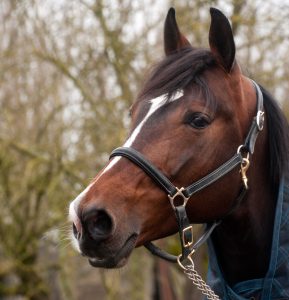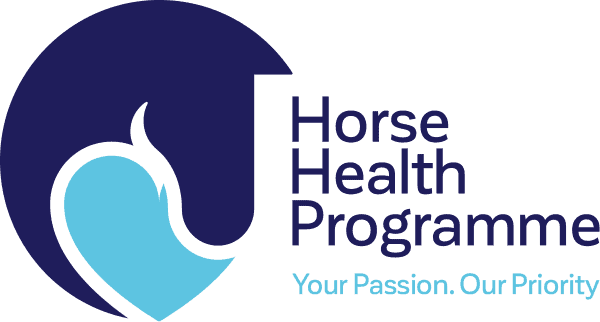Routine Dental Checks
Routine Dental Checks
 How often should you have your horse’s teeth checked?
How often should you have your horse’s teeth checked?
How often routine dental checks take place varies according to the individual horse and will depend on age and any pre-existing conditions. A good rule of thumb is that the teeth should be examined at least annually but in some cases checks might be undertaken two or three times a year. Up until the age of five years the equine mouth undergoes a lot of change with the shedding of ‘baby’ teeth and the eruption of permanent teeth. Often, dental check-ups are more frequent during this period and settle into a more regular rhythm during ‘middle age’ once all the adult teeth have erupted. Your vet or equine dental technician will be able to advise you on a case-by-case basis.
Getting your horse ready for the examination
Many horses will tolerate routine dental examination and treatment quite well, and will only require normal restraint with a head-collar. However, the dental exam should not become stressful for your horse since the safety of horse, handler and person performing the dental is paramount and so it is sometimes required to sedate your horse as a routine part of this procedure.
What to expect at the Examination
Firstly your vet will ask some questions about your horse, his eating habits and any problems you may have noticed as well as performing a brief examination of his head to check for symmetry and swellings. A gag will be used to allow a full visual and manual examination of the whole mouth including the teeth, palate, tongue, cheeks, bars and the lips.
Don’t be alarmed if it is suggested that your horse would benefit from sedation to allow even the most minor of procedures and rasping. In addition, sedation is standard for more advanced procedures that may be painful or time consuming.
Speak to your vet about sedation and to ask any questions you would like answered. They may be able to prescribe an oral sedative, which you can give before the appointment, however in many instances your horse’s vet will give sedation intravenously. This allows your horse to relax ensuring the procedure can be carried out effectively and safely for all parties including your horse, the handler and the vet. It is important that you withhold food and water until your horse has woken up sufficiently and your vet will advise you on this at the time.
Routine rasping of horse’s teeth
Because of their angled shape, the outside edge becomes sharp on the upper teeth, and the inside edge becomes sharp on the lower teeth and these sharp edges can be painful and uncomfortable for the horse. These sharp edges will often be addressed by a process known as ‘floating’ and this involves using rasps to smooth any abnormally sharp areas of the cheek teeth. To be able to reach all the different teeth in the mouth a variety of rasps of different angles, shapes and lengths will be have to be used.
In most cases the removal of sharp enamel edges and points will be all that is required during a routine check-up. Occasionally, specific overgrowth of certain teeth may need to be addressed; the most commonly encountered type are ‘hooks’, which usually where overgrowth and sharpness occurs affecting the first upper, and last lower cheek teeth.





